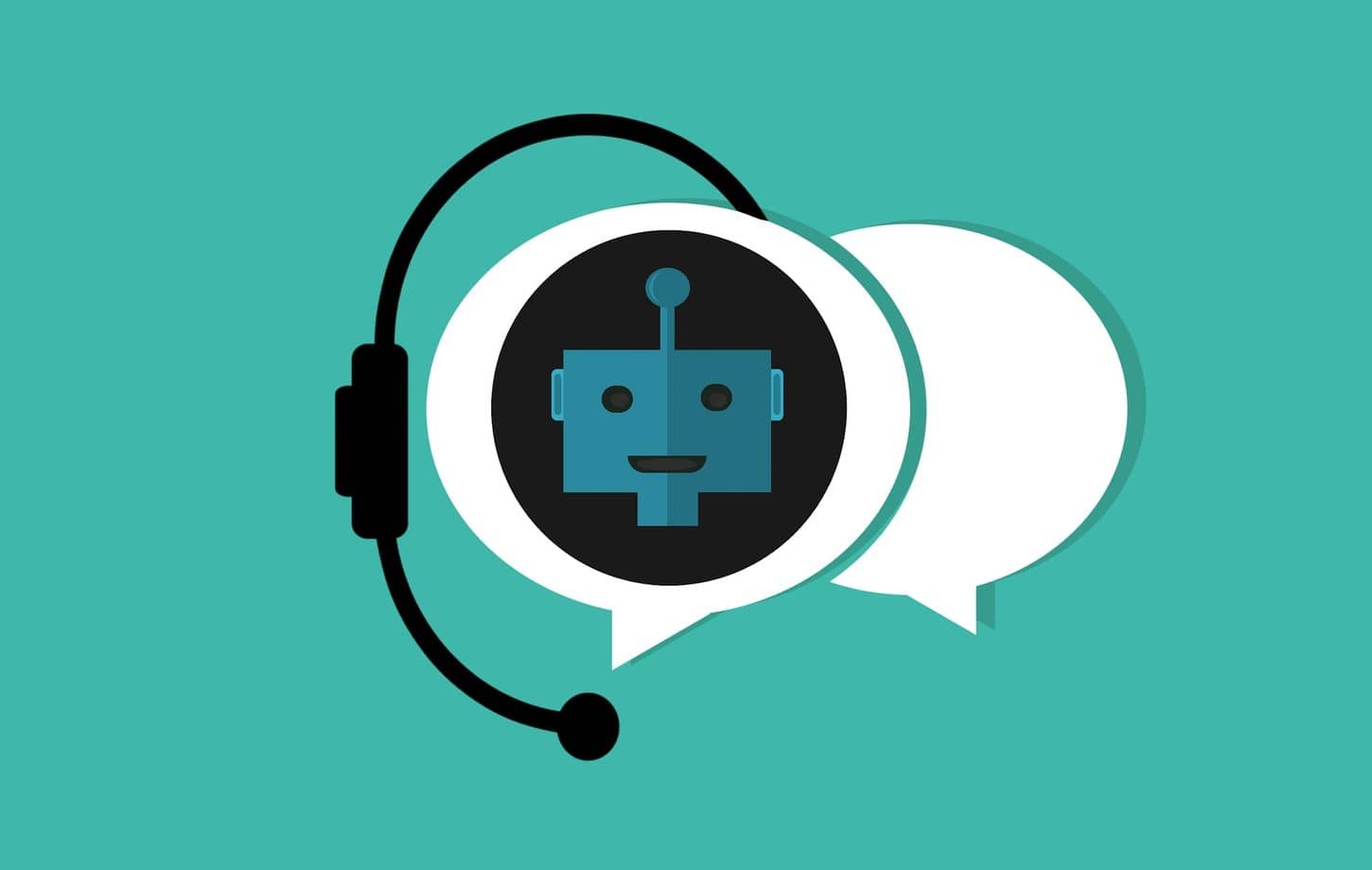Chatbots and live chat are two distinct types of customer service software, both aiming to enhance the customer experience. While they share this common goal, they operate differently, leading to variations in their benefits and drawbacks.
Understanding the difference between chatbot and live chat is crucial in determining the most suitable option for your business.
Let’s explore the nuances of each approach to help you make an informed decision on which one aligns better with your specific needs.
What is Chatbot?
Chatbot software is a computer program that interacts with people through online conversations.
Chatbots are designed to provide a human-like experience, making it easier for people to communicate with them.
Chatbots can be used to provide customer support, help people find information, and more.
There are different types of chatbots, but the most common are chatbots that help people find information.
These chatbots can be used to help people with questions about products or services or to answer specific questions.
What is Live Chat?
Live Chat is a customer service software that allows customers to interact with customer service representatives in real-time.
This means that customers can contact customer service representatives while they are working on their tasks and wait for a response.
Live Chat is often used to solve problems that have arisen in an individual’s day-to-day life.
There are different types of live chats, but the most common is live chat for support.
This type of live chat allows customers to contact customer service representatives about issues that they are experiencing with products or services.
How Do Chatbots and Live Chats Work?
Chatbots are computer programs that simulate human conversation. They can be used to provide customer service, gather data, and carry out other tasks.
Live chats work much like phone chats, but they take place in real time. Customers can interact with a chatbot or live chat agent on a one-on-one basis.
Which is Beneficial to Business?
Chatbots are generally seen as being more beneficial for businesses that need to gather large amounts of data quickly or need to carry out simple tasks such as providing customer service.
Live chat is also beneficial for businesses that need to interact with customers in a more personal way, such as selling products or services.
Difference Between Chatbot and Live Chat:
Chatbots are AI-driven systems that can engage with users through text, voice, or a combination of both.
They’re popular for customer service and messaging because they’re fast, efficient, and can handle complex queries.
Live chat is a communication platform where customers can interact with a support agent in real-time. It’s used for things like sales and support inquiries.
There are pros and cons to each approach, so it depends on your business needs and which is better for you.
Pros and Cons of Chatbots
Pros of Chatbots
- Chatbots are easy to use as they require minimal setup and can be launched quickly with little to no impact on your business.
- Chatbots can help with customer service by providing automated responses to common questions and inquiries.
- They can be used to provide up-to-date information on products and services, and can help reduce efforts and time spent on customer support tasks.
- Chatbots can also automate the process of filling out forms, which can save time and help keep customers happier.
- They can help reduce costs associated with customer service
Finally, chatbots can be used to generate leads and interact with customers in a more personalized way, which can result in higher conversion rates.
Cons of Chatbots
- Chatbots are not as effective as live chat agents when it comes to human interaction and customer service.
- They can be less reliable when it comes to providing up-to-date information, as bots may lag behind actual changes that have occurred on the website or in the business world.
- They can be difficult to train, and some users may find them confusing or unresponsive.
- Chatbots can also be less effective at generating leads than live chat agents since they don’t have the ability to engage with customers on a personal level.
Finally, chatbots are not always cost-effective, especially if you need a more skilled or experienced agent for your business.
Pros and Cons of Live Chats
Pros of Live chats
- It can be a great way to get instant feedback from your customers.
- You can easily troubleshoot issues with your website.
- You can improve customer satisfaction by providing live chat support.
- You can generate more leads by engaging with customers on a personal level.
- Live chat is cost-effective, as it doesn’t require a large upfront investment.
Cons of Live chats
- It can be difficult to find an agent who is available when you need them and who understands your specific business needs.
- You may have to wait longer than you would with a chatbot for a response from your customer, which can frustrate customers.
- Live chats don’t work well when you have bandwidth restraints or if your website is slow or buggy.
- There’s always the risk of phone call conversion dropping when people are talking to live agents on the phone, due to the inherent human interaction element of the service.
Conclusion: Chatbot vs Live chat
When it comes to customer service, it’s important to understand the difference between live chat and chatbot.
Live chat is ideal if you need an immediate response from your customers and don’t mind waiting a little longer than with a chatbot.
On the other hand, if you’re looking to provide a more personal experience and are willing to sacrifice some of the immediacy of live chat, then a chatbot may be more suitable.
Ultimately, the choice between live chat and chatbot comes down to what you need and want from your customer service experience.
You can learn how to get started using chatbots and how they will increase customer satisfaction by checking this beginner’s guide to chatbots.
